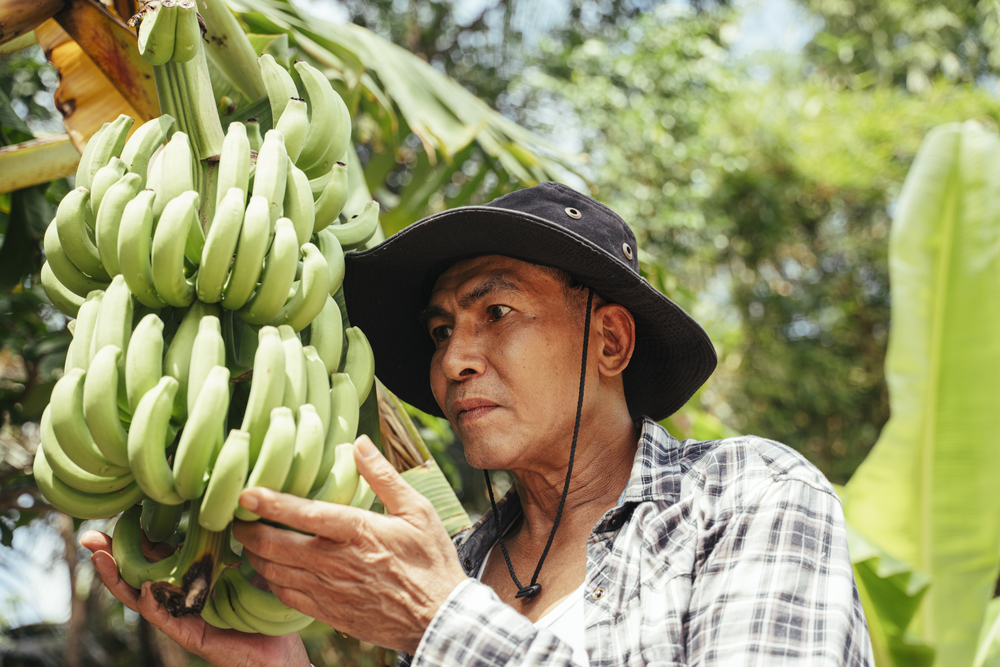



Article by: Hari Yellina
The production of bananas in Ecuador has been decreased by around 25% as a result of the cold weather, and some farms are also under phytosanitary quarantine. According to Richard Salazar, Executive Director of the Ecuador Banana Marketing and Export Association, “it also coincides with a fall in summer demand in Russia, Europe, the Middle East, and other markets, which is typical at this time of year” (Acorbanec).
All of these new difficulties arise at a time when Ecuador, the world’s top exporter of bananas, was looking for a return to normal business following 18 days of debilitating statewide protests at the end of June. Banana exports of about 2,000 containers were halted as a result of indigenous community protests that blocked important highways in the major banana production areas. “After the suspension, production and export activities resumed as usual, but now there is a decrease in the exportable supply since certain farms have phytosanitary conditions that make them unsuitable for export.”
“On the other hand, a decrease brought on by a climatic element (cold) has resulted in a 20–25% decline in banana yield. As I mentioned earlier, cuts were suspended, contracted fruit could not be exported or sold on the spot, and unfortunately, we had to assume the payment of the false freight created by not exporting, as well as the connection costs of containers in ports because many had to stay in the terminals for a week. Losses due to the stoppage in Ecuador will hardly be recovered. These losses won’t amount to much,” explains Salazar.
According to him, small to medium farmers make up the majority of the farms impacted by the phytosanitary quarantine. “They were unable to implement the various phytosanitary measures on Black Sigatoka due to a lack of resources. The cold is typical at this time of year, but the La Nina phenomena seems to last into September of this year. In the final three months of 2022—October, November, and December—we anticipate improved production and market conditions, said a hopeful Salazar. At a special conference at Fruit Logistica in Berlin earlier this year, the Ecuadorian banana sector requested more sustainable prices for bananas, but their plea was ignored.
“Unfortunately, the just price that would have allowed continuing sustainability in the production and export of bananas from Ecuador has not been paid, despite all increases in costs and expenses that are public and well known worldwide. To ensure the supply of food to markets like the European Union and others, we hope that retailers become aware of this and pay better for our bananas.”